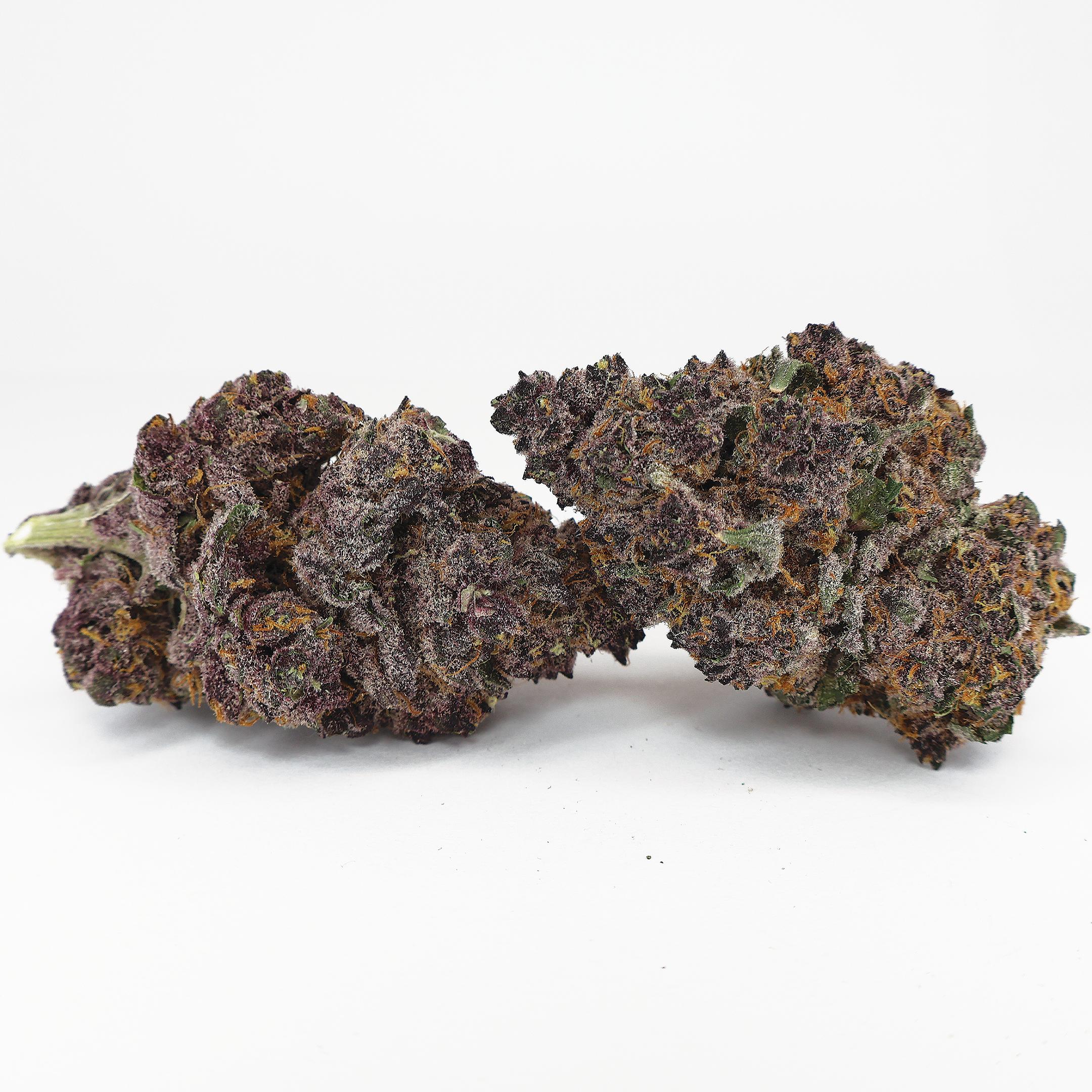Hash, short for hashish, is one of the oldest and most iconic cannabis concentrates in the world. Celebrated for its rich history, potent aroma, and smooth smoking experience, hash continues to be a favorite among enthusiasts. Understanding what hash is, how it’s made, and why it remains so popular offers insight into how this traditional concentrate is shaping modern cannabis culture.
Understanding Hash
Hash is a concentrated form of cannabis derived from trichomes, the tiny, crystal-like resin glands that cover the buds and leaves of the cannabis plant. These trichomes are rich in cannabinoids and terpenes, giving hash its distinctive potency and aromatic profile.
Unlike other cannabis products, hash focuses on the pure essence of the plant, creating a dense, resinous concentrate that’s ideal for those who appreciate full-bodied flavor and a refined experience.

A Brief History of Hash
The story of hash stretches back centuries, originating in regions like Central Asia and the Middle East, where cannabis has been cultivated for thousands of years. Early growers discovered the sticky resin on mature cannabis flowers and began collecting it for its powerful properties.
Hash also played cultural and ceremonial roles throughout history. Ancient evidence of hash resin has been found in archaeological sites, including temple altars in the Kingdom of Judah (modern-day Israel). Written references to hash appear as early as the 10th century in Iraqi manuscripts like Ibn Wahshiyya’s Book of Poisons.
How Hash Is Made
The traditional method of making hash involves gently rubbing harvested cannabis flowers by hand to separate the trichomes from the plant. This hand-rubbed hash, also known as charas, is then collected and pressed into a brick or ball. Once formed, it can be broken into small pieces and smoked using a pipe or water pipe.
As cannabis culture evolved, so did hash-making techniques. Modern production includes methods like:
-
Dry Sifting – Using fine screens to separate trichomes.
-
Ice Water Extraction – Also known as bubble hash, where cold water helps break trichomes off the plant.
-
Mechanical Separation – Using specialized equipment for higher purity and consistency.
Each method yields different textures, colors, and levels of potency, allowing enthusiasts to explore a wide spectrum of experiences.

Popular Types of Hash
Hash has diversified over time, giving rise to various forms and consistencies that cater to different preferences. Common types include:
-
Charas – Hand-rubbed resin with a soft, pliable texture.
-
Moroccan Hash – Traditionally dry-sifted and pressed into hard bricks.
-
Bubble Hash – Made using ice water extraction for a clean, flavorful result.
-
Hash Rosin – Pressed using heat and pressure, known for its terpene-rich profile.
-
BHO (Butane Hash Oil) – A solvent-based concentrate derived from hash.
These varieties can be consumed in multiple ways, from smoking and vaporizing to dabbing, depending on texture and personal preference.
Why Hash Remains Popular Today
Despite the surge of modern cannabis concentrates, hash has held its ground for centuries thanks to its:
-
Rich flavor and aroma
-
Traditional craftsmanship
-
Wide range of textures and potencies
-
Cultural significance
Its balance of heritage and versatility makes it a cornerstone of concentrate culture worldwide. For many enthusiasts, hash represents more than a product—it’s a tradition.
Final Thoughts
From ancient temples to today’s modern extraction labs, hash has stood the test of time. Its unique blend of cultural history, flavorful complexity, and versatile use makes it one of the most respected and sought-after cannabis concentrates.
As the cannabis industry continues to innovate, hash remains a timeless classic, bridging the gap between tradition and modern craftsmanship.




Share:
The Advantages of a Smart E-Rig: Elevating the Modern Dabbing Experience
How Is Hash Made & What Is Hashish Made Of?